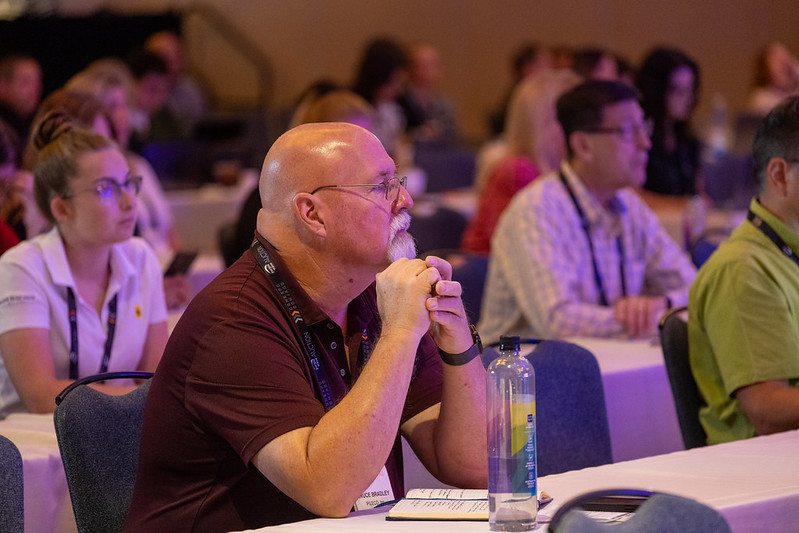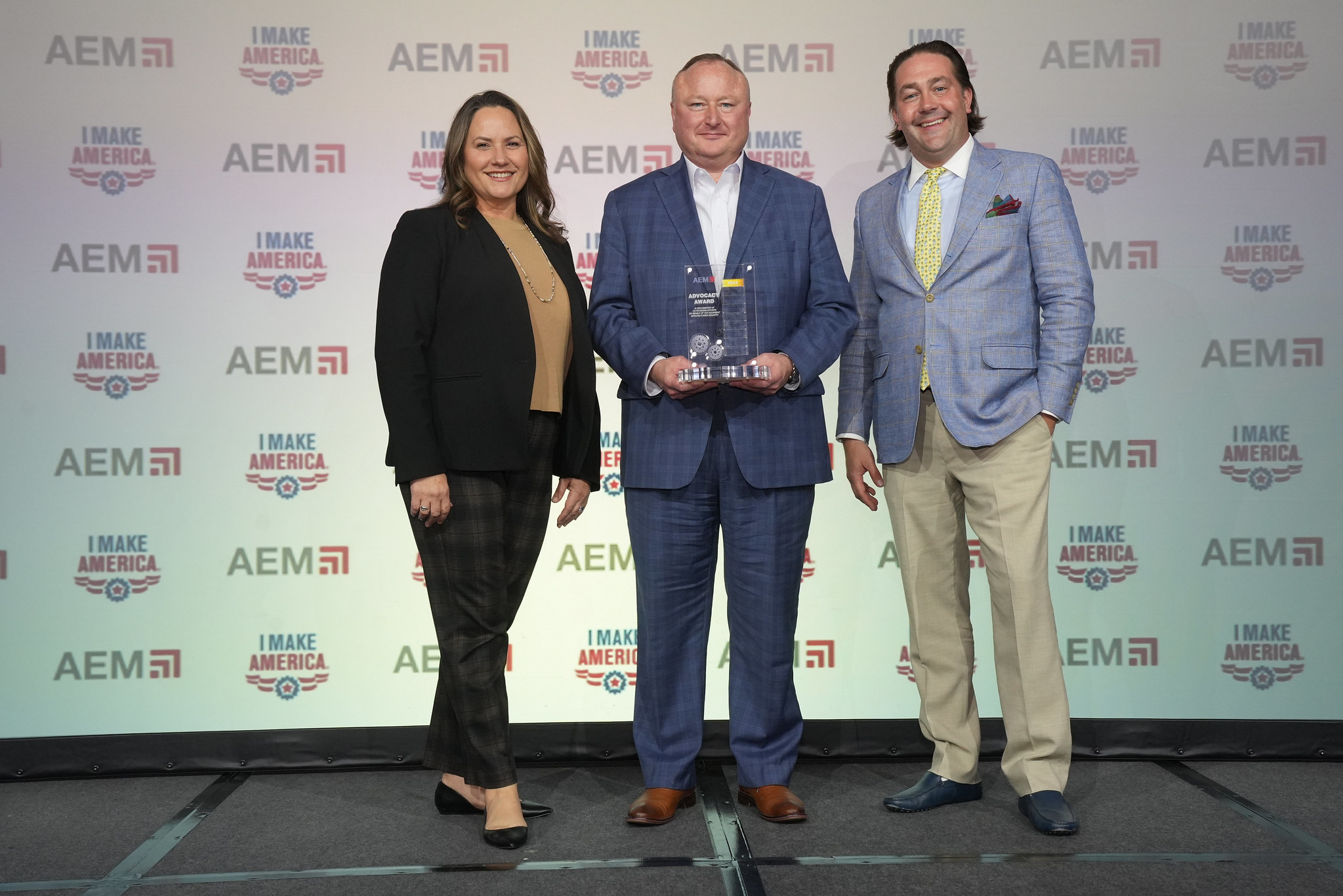By Jaime Vos, Director, Safety Materials Program —
After my first week of being hired at a manufacturing company, I saw an opportunity for efficiency if workers simply altered the process in which they were fulfilling orders. I made my suggestions to the owner of the business, after which he shook his head and replied, "Thanks, but we've been doing it this way for years."
Thinking about something in a new way is often hard for people to grasp. Our minds are programmed to establish patterns of familiarity so that we can more easily predict approach and outcomes. When a new idea is introduced in business, you can almost always expect resistance.
It’s easy to understand that for any organization to remain profitable, it must develop structured processes and procedures. These guidelines help employees work efficiently and facilitate growth of the product or service. Based on this, the attitude of “if it’s not broken, don’t fix it” can become prevalent within any business over time. And while establishing processes often leads to profitability, it only tells one side of the story.
The other area that needs to be considered is innovation. If a business doesn't create new products and services, its competition certainly will. No matter how efficient a company is, if it fails to innovate, it loses customers and ultimately goes out of business.
But this poses a significant challenge: How does an organization work within its structured operations, while at the same time, jumpstart innovation to encourage new ideas?
Here are a few considerations to keep top of mind:
1. Empower Creative Thinking
First, it’s important to acknowledge that creativity is the birthplace of innovation. Recognizing an organization’s employees know the business better than anyone else, if leadership empowers their teams to approach work creatively, new ideas and possible solutions follow. However, if ideas are going to be explored, employees need freedom to be curious and ask: “What if?” They need space to mix and match their ideas, collaborate with others and have fun. Once they find value in their ideas, they can give them structure and deadlines, but first, innovation needs an unstructured creative approach.
2. Embrace the Paradox
Organizations typically focus on logistics and structure, and even though we’re conditioned by routine to make life easier; creativity is often messy and unorganized. Ideas need space to be viewed from many different angles, torn apart, and re-pieced back together. Creativity is the antithesis of structure. It demands courage, willingness, and an open mind to consider the weird, the wacky and the impossible.
And yet, an innovation process driven only by loose ideas doesn’t gain any traction. It must be managed against goals, objectives, strategies and deadlines in order to be measured.
So, how does an organization balance the process of creativity and innovation effectively?
3. Focus on the Problem You’re Trying to Solve
What are your customers asking for? What problems do they encounter that your company might be able to solve? Is there an unmet need in the market that your business could fill? How will your organization's innovation process address these needs? This is where the creative process begins.
4. Assemble a Diverse Team
It’s important to diversify your innovation teams to maximize creative ideas. Different people think in different ways, and often compliment one another’s ideas. The engineer, the artist, the programmer, and the accounting manager don’t have to be experts in innovation. They just need to be willing to share and be open to new possibilities.
5. Think Boldly/Act Prudently
This is the heart of managing the process. Even in the most innovative companies the best leaders promote a balance of “the sky’s the limit” and “approach with caution.” Enough of the former will build creative momentum, while enough of the latter will keep budgets and deadlines intact.
6. Broaden Your Viewpoint
Resist the mentality of “only invented here” within your culture. Be sure you’re also looking for ideas outside of the walls of your organization. Consumers, customers, vendors and agencies provide valuable insight into ideas you may have not considered. Share your ideas with family and friends. What is their viewpoint? How do they see the problem/solution differently?
7. Balance the Process
It’s important to recognize how creativity feeds the innovation process and how to balance it accordingly. Deadlines, sales goals and quarterly projections can pressure any company to rush innovation, but too much structure can kill the creative idea by moving it forward too fast. While speeding an idea to market is tempting to increase revenue, research, testing and predictive analysis should be carefully managed and measured without pushing too much and too soon.
In Summary
Companies that focus strictly on cost-savings and efficiencies will suffer in the long term when their customers demand new products and services in a rapidly changing world.
It’s crucial that organizations balance structure, creativity, and the innovation process accordingly. Empower your diverse teams to think differently, challenge them with exciting goals and measure their progress at agreed-to intervals. Efficiencies and structure may help businesses survive, but a well-planned and balanced innovation process can make them thrive.
For more AEM staff perspectives, subscribe to the AEM Industry Advisor.





